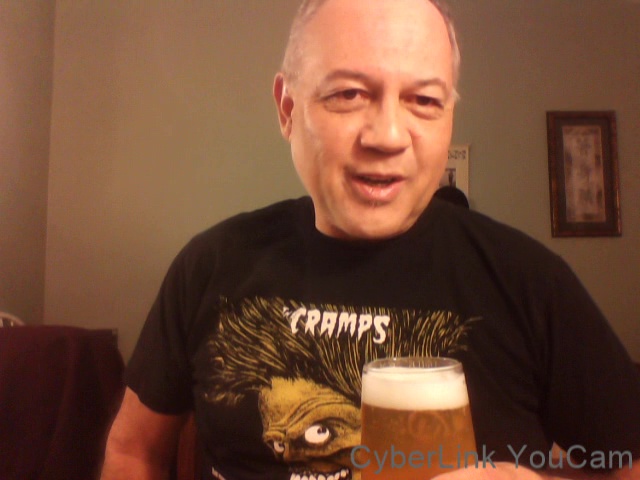The Dodgers are looking much better than they were two weeks ago. There is a heartbeat, they’ve climbed into third place in the NL West, and Things are looking up. Except when Cody Bellinger comes to bat. The Dodgers have been right to stick with the guy despite his batting troubles, but how long can it continue?
How long should the Dodgers continue to trot Bellinger out there with a dead bat? How much time would you give him?





Exactly. He has been dead wood for more than a month. They keep waiting for that breakout game and it has not happened. He is still swinging from the heels and striking out way too much.
He needs to work through it. Leave him in.
I still think a shorter stroke is need after strike one. Put the ball in play dammit. I don’t care if it’s a ground ball to second or pop fly to centerfield. Better yet, punch the ball past the bag at third base and you may be able to run to second. Strikeout after strikeout with that long swing is getting old.
I have read Michael that the problem is more that he’s changed his swing to try and not overswing when behind in the count.
Despite his relative struggles so far, as Eno Sarris of The Athletic recently explained, Bellinger is among the best in the league in effectively covering and making hard contact throughout the strike zone. This suggests that there are fewer holes in his swing than the current narrative would suggest. As Sarris puts it, “Maybe they haven’t noticed that the player improved his walk rate and improved his strikeout rate and has exhibited really good plate coverage for his age. … Even if you just take what he’s done and add his projected performance, he’ll probably hit .270+ with 35 homers this year.”
The mentioned strikeout rate drop is of particular note, as it’s gone from 26.6 percent last year to 23.7 percent this year, which is interesting since his swinging strike rate is a up to 14.7 percent from 13.2 percent last year.
Bellinger is using it situationally with two strikes. It’s a shortening of his swing, designed to allow him to wait a split-second longer to identify breaking balls or stay on them better. It also gears him towards poking the ball away to the opposite field with the added benefit of beating shifts employed against him. The choppy swing isn’t used all the time, but it reflects that he’s taking a different approach to a two-strike count, almost as if he’s sitting on a breaking ball.
He’s shortening his swing? Coulda fooled me. I haven’t seen every at bat but what I have seen I haven’t seen that.
In looking at the numbers at Fangraphs it’s difficult to pin it down. His C% isn’t off that much, O and Z swing rate looks similar to last year. wFc/c, wSL/c w/CU/c also don’t look much different than last year. LD% is down. I’d say his ATSU a fastball is weak. He’s making contact but it’s more CASP contact. For those of you who don’t follow SABR language that closely those terms mean “ability to square up” a fastball and “candy ass sissy pants” contact.
His timing is off. It’ll come.
Don’t look now but the Giants will be getting back Bumgarner soon. He just went 4 innings in a rehab assignment and struck out 8 of the 12 batters he faced.
The Nationals called up their top prospect a week ago and is now playing very well now and only a half game back in the NL East. The kid, Juan Soto, is supposedly a hitting savant and has not disappointed. The Cubs still lead the NL in run differential but sit 4.5 games behind the Brewers, another good team. (Colorado, which leads the NL West, has a MINUS 21 run differential.)
We are playing better, but I don’t think the other teams are sliding back. It’s shaping up to be an all out war in the NL this year. Right now 10 NL teams are over .500 (and we are still below .500).
As long as it takes. He didn’t forget how to hit from season to season. It’ll come.
If they can carry Forsythe this long they can certainly carry an All Star and unanimous Rookie of the Year with outstanding defense and speed.